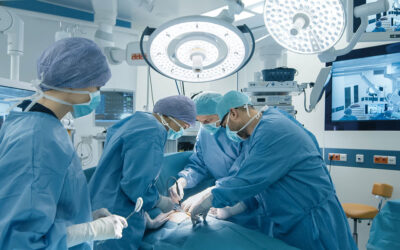Anaesthesia providers are increasingly focused on the environmental impact of their clinical practice. It is understood that their specialty contributes to the healthcare sector's carbon footprint, yet there is often a lack of clear guidelines on how to implement more...
Campus Vygon
Local-regional anaesthesia and Sustainability: The Green Revolution in the Operating Room
This article provides a comprehensive, data-driven comparison between local-regional anaesthesia and general anaesthesia, demonstrating why local-regional anaesthesia is a superior option for the modern, environmentally conscious clinician. Its goal is to highlight...
Septic shock resuscitation: fluids vs. early vasopressors? 5 practical lessons from CLOVERS and recent evidence
Emergency and critical care teams face a recurring dilemma in early septic shock: How much fluid is enough—and when should we start vasopressors? Prolonged hypotension drives organ injury and mortality, but both fluid overload and delayed vasopressors can...
Needle-free connectors against occlusion: are they a proven solution?
Catheter occlusion is one of the most common complications associated with central venous access devices (CVADs). Its reported incidence rates range from 3% to as high as 79%1. This complication can significantly impact patient care and can, in some cases, even...




